“Isn’t it small?” That’s Ian Callum’s surprising first observation about his Jaguar Mark 2. “It looks smaller than the original,” he goes on, “because it’s lost the chrome and the bumpers.”
You have to agree. Those of us old enough to remember a Jaguar Mark 2 as a reasonably everyday sight think of it as a big car, as befits its hefty straight six engine and directors’ car park habitat. But not today, when even a Vauxhall Astra takes several seconds to walk past.
The visual shrinking of something already compact is an unintended consequence of Jaguar design chief Callum’s latest project, coincidentally revealed to the world at the same time as the new XE, its closest modern equivalent.
As well as latest, it’s in a way also his oldest; Callum has been mentally reimagining Mark 2s since he was a boy. Now, half a century later, he has crystallised those thoughts with the help of the Classic Motor Company of Bridgnorth, Shropshire, diligent and long-established restorer of interesting old Jaguars.
“When I was a kid, I wanted the Mark 2 to look like this,” Callum explains. “Those Mini and Escort racers with no bumpers looked great – so clean and pure. Why not the Jaguar? Actually, it was because there was nothing under the bumpers. It took a long time to come up with this design, with brake ducts like a racing car’s. It’s functional, matter-of-fact.” And controversial? “Not everyone likes it, but hey, it’s my car. And the design is non-negotiable for the later cars.”
Later cars? What started out as Callum’s one-off realisation of a long-mulled-over idea has grown into a plan to make 11 more examples of the ‘Mark 2 by Callum’, all dechromed apart from details such as the grille (now with a modern Jaguar badge) and door handles (remade to accommodate the absence of a chrome flanking strip). “Several people have shown interest,” reports CMC’s Nick Goldthorp. “But no deposits yet.” The likely £300,000 price could be a factor, but that’s what it costs to re-engineer a car as thoroughly as this.
Today is the first time Callum has had a proper drive in his new toy – which, incidentally, is entirely his own concept and nothing to do with today’s Jaguar company. We’re driving from Jaguar’s design and engineering centre at Whitley, Coventry, towards Kenilworth and Ian’s house.
First thoughts? “It’s great being able to see out of the windows,” he says. “There’s a lesson for modern cars here. I love this steering wheel; I wondered about going half an inch smaller, but it’s just right. And now this sat-nav is telling me I’m speeding and I don’t know how to turn it off…”
Sitting next to Ian as the reality of his idea’s realisation, and the fact that it all works, sinks into his head, I can take in an interior cleverly different from the original yet reassuringly familiar. There’s a full complement of wood, but it’s the dark oak from an XFR (“It’s much more modern, and the machined switches add a bit of glamour”).
The soft trim is red, with some quilting in the leather, and the headlining is bonded to the roof as in the Daimler V8-engined derivative of the Mark 2. “It’s much more chic,” Callum contends. The front seats are Alfa 156 beneath their red leather skins.
We accelerate out of a roundabout, exhaust growling with a crisp edge. “I’m impressed with how easy it is to drive,” enthuses the car’s creator. “It feels poised, with nicely balanced steering, and the body feels strong. I could drive to Scotland in this quite happily. I’m delighted with it.”
Now we’re at the house and the neighbours are coming out to have a look. Ian points out the subtleties: the external fuel filler for a tank now set vertically behind the rear seat, the air extractor louvres where the filler flap used to be and more air extractors ahead of the doors.
Yes, the signature Callum wing louvres: “I’ve got the functional side vents at last.” The front wings have been remade to pull the tops of the arches out slightly, so subtly that you’d never guess. ‘IC’ logos adorn the bootlid and main dials, and Ian’s signature, in silver, is encased in the glovebox’s lacquer.
The wheels are 17in split-rim wires by Turrino. “We had some debate about wheel size, but 18 inches was too big. It needs some tyre on it to look right.” All four wheels sit perfectly within their arches thanks to offsets that make the front and rear tracks equal, unlike the original. It’s part of a suspension revamp that includes lowering the body by 30mm on the front subframe, adding anti-dive, fitting a bespoke, electrically assisted steering rack in place of the steering box, fine-tuning the camber and killing the bump steer.
The engine sits lower and slightly inclined, to straighten the driveline and improve cooling. The gearbox is a five-speed Tremec T5. Everything has changed at the rear, the leaf springs and solid axle replaced by a multi-link independent system based on that of the X-type but heavily redimensioned and using original Mark 2 mounting points. CMC’s Andrew Turvey designed it, plotting the geometry the old-fashioned way with fishing line and marks on the floor.
More than 6500 hours of building and development time have gone into this 1963-going-on-2014 Mark 2. “I must get Mike Cross to have a go in it,” says Callum. Yes, the Jaguar dynamics chief’s seal of approval would finish it off nicely.
So what's it like to drive?
Before driving the Mark 2 by Callum, I tried a standard car. Its heavy, springy steering and slow-shifting Moss gearbox gave it a strong feeling of likeable, busy vintageness. Callum’s car is from another planet.
Its 4.3-litre, 260bhp XK engine, fed by an authentic pair of SU HD8 carburettors, fired by electronic ignition and exiting its spent gases through a pair of central tailpipes, pulls cleanly and lustily.
The gearchange is quick and precise, ditto the steering. The rigidity and ride are both those of a modern car, and even the wind noise is acceptable despite the old-style rain gutters.
Dynamically, this is a well developed, capable and enjoyably agile machine.
Just two snags. The brakes tend to ‘hang on’ momentarily when you release the pedal, a servo characteristic which CMC director Nick Goldthorp intends to fix. And, just like in the original Mark 2, it’s almost impossible to heel and toe, because the accelerator pedal is too low.
With these glitches fixed, this really will be a modern-feeling car in cleverly retro-flavoured clothes. You could happily use it every day, if you dared.
Get the latest car news, reviews and galleries from Autocar direct to your inbox every week. Enter your email address below:

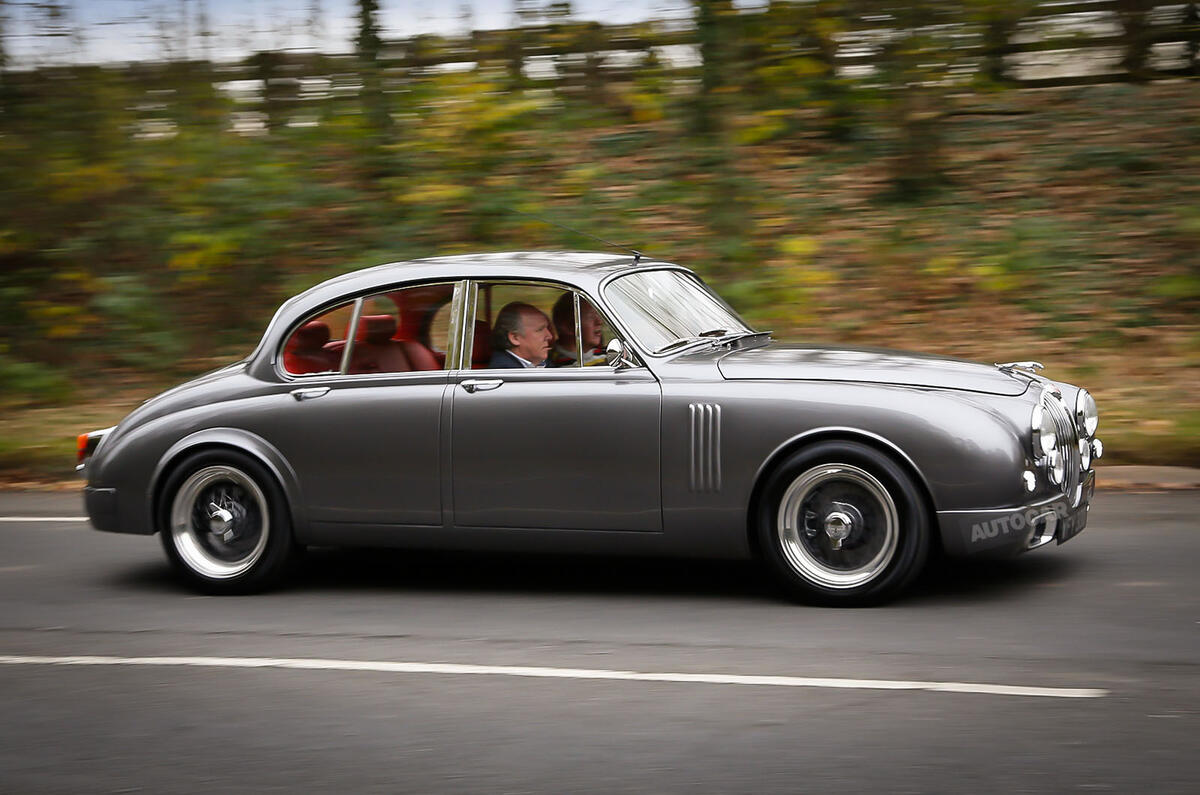
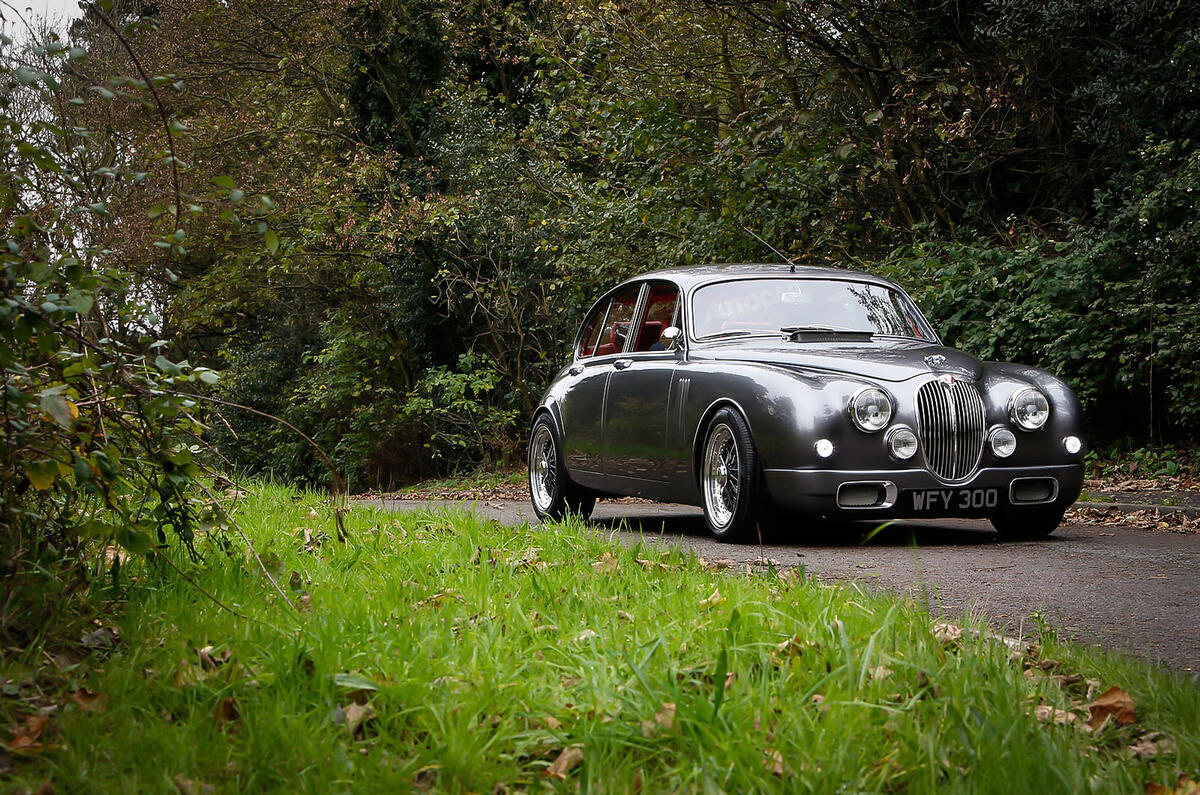
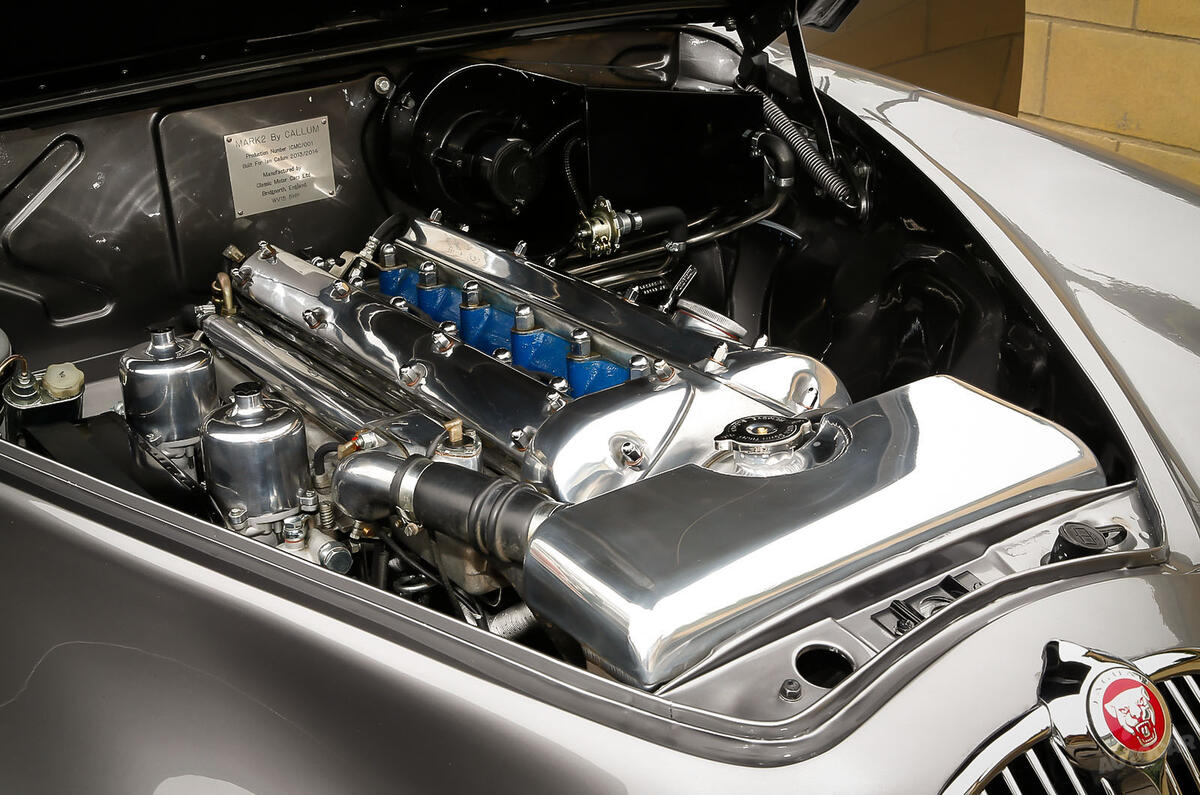
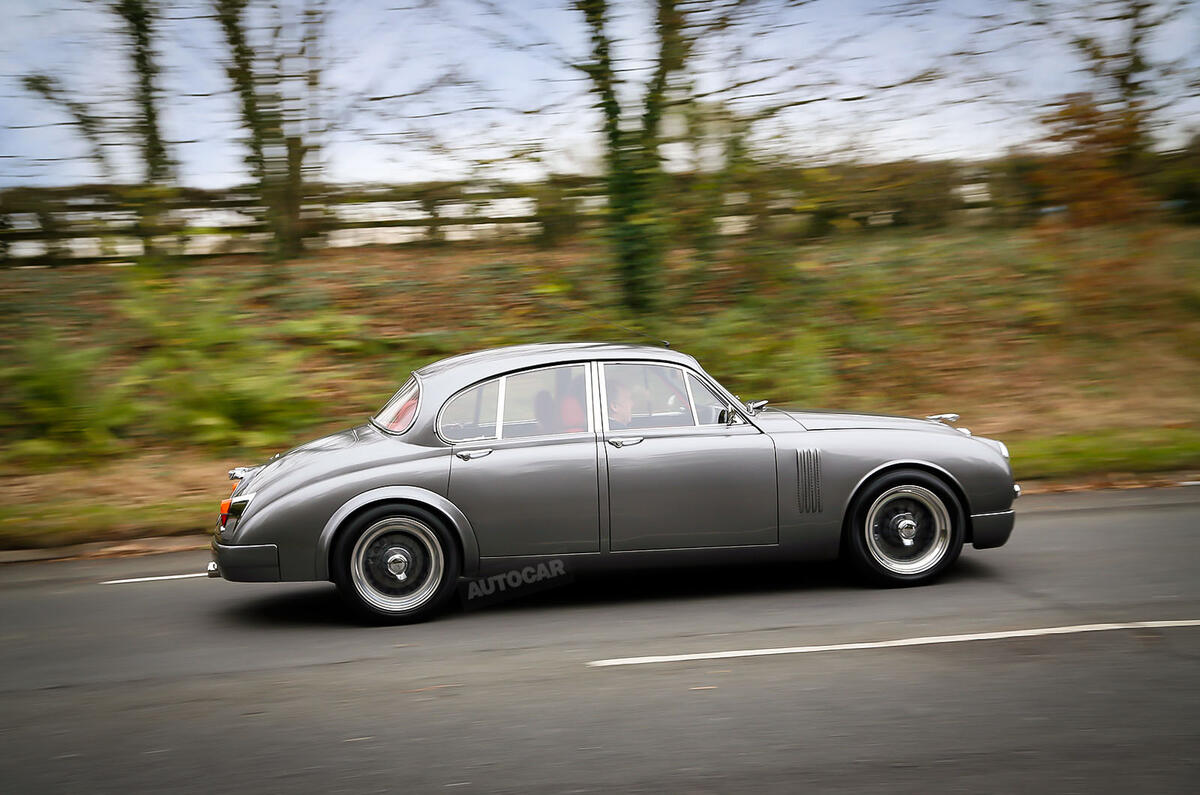
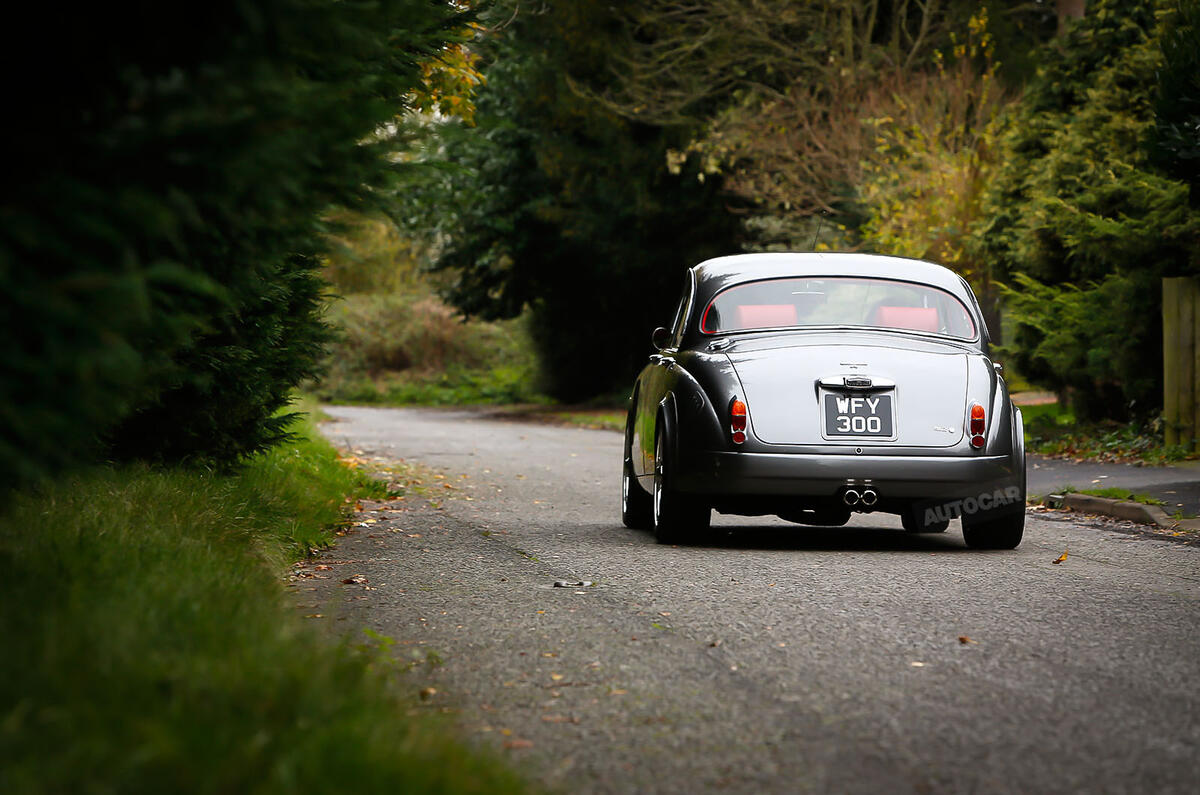
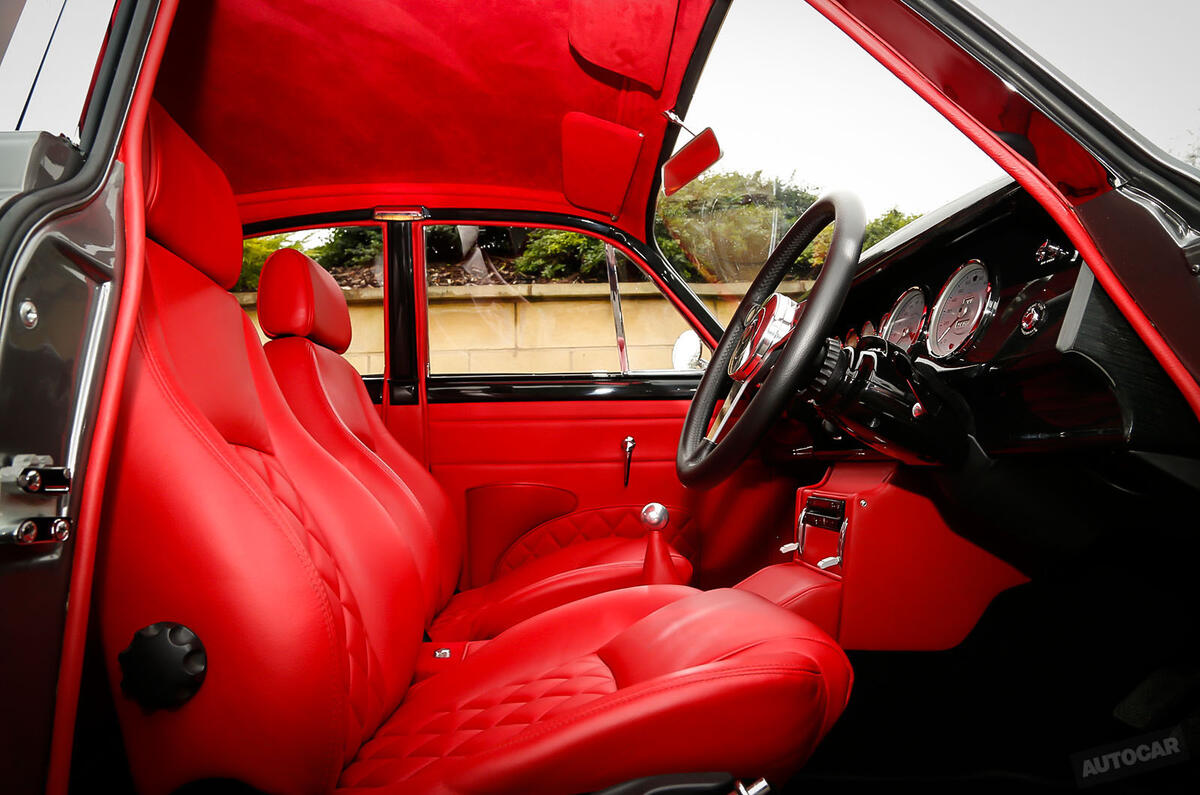
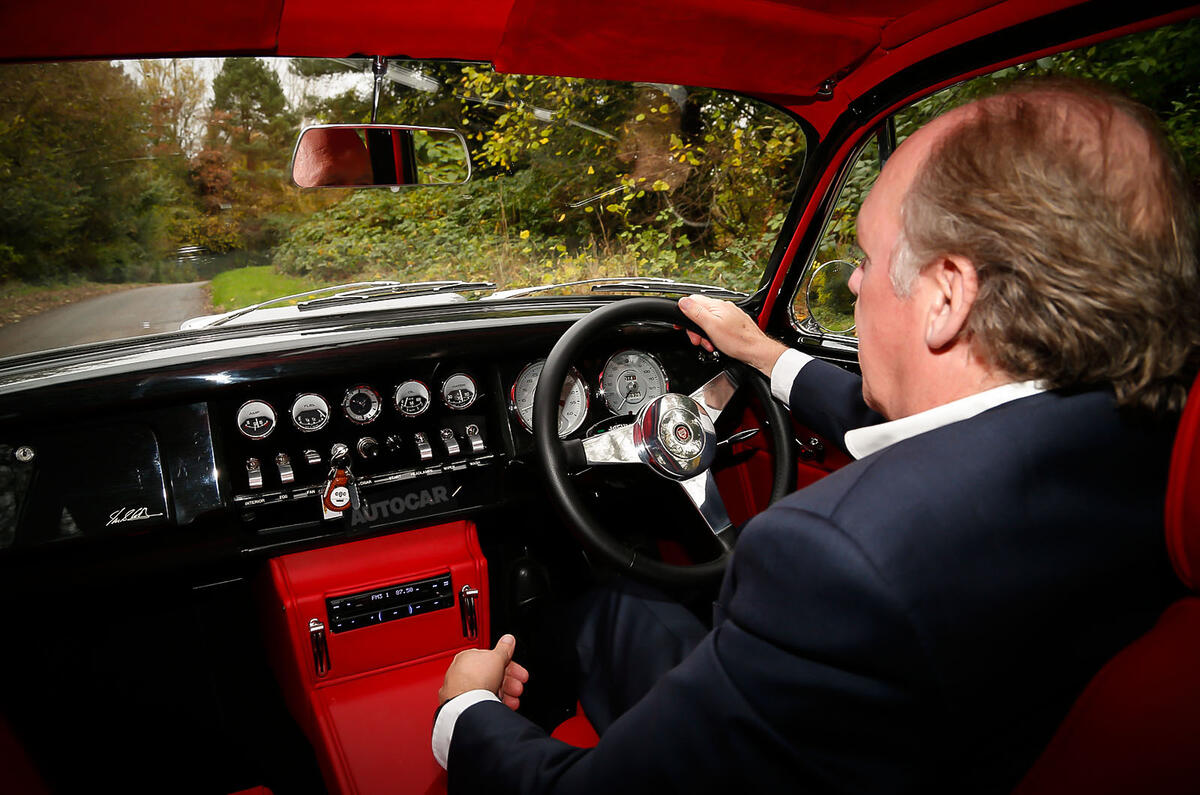
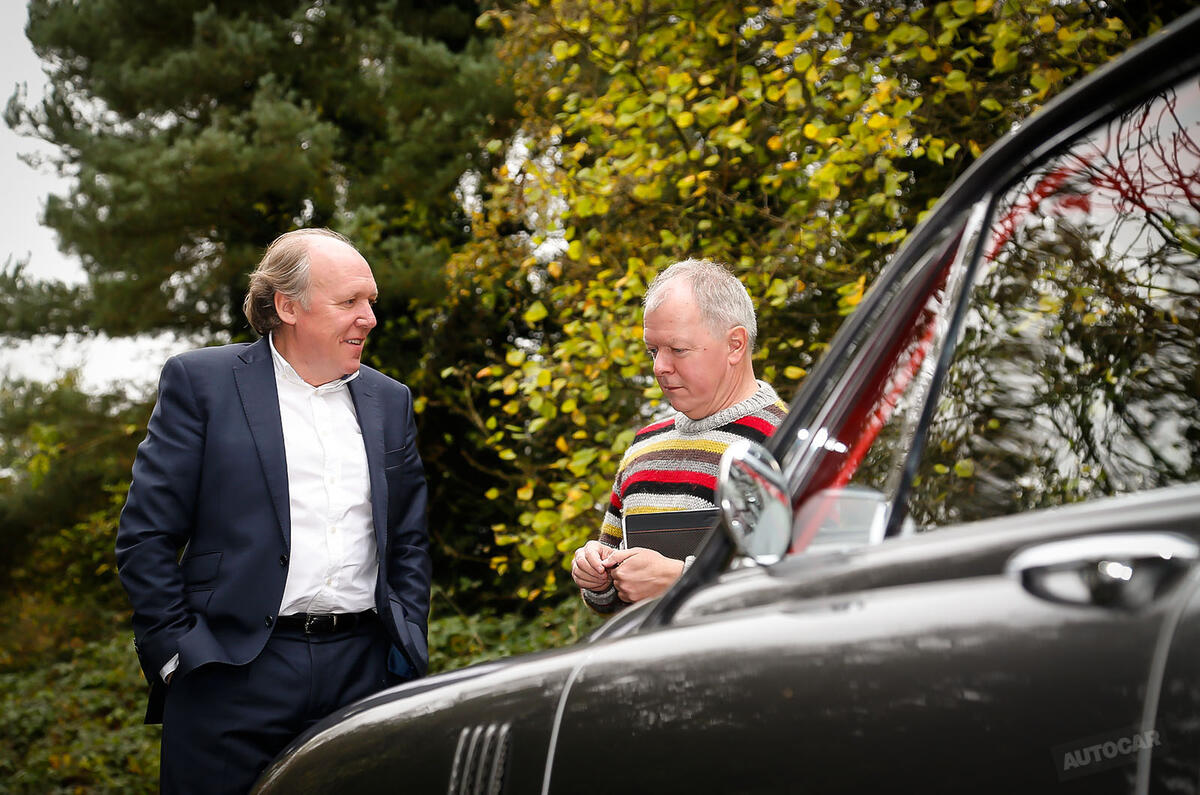
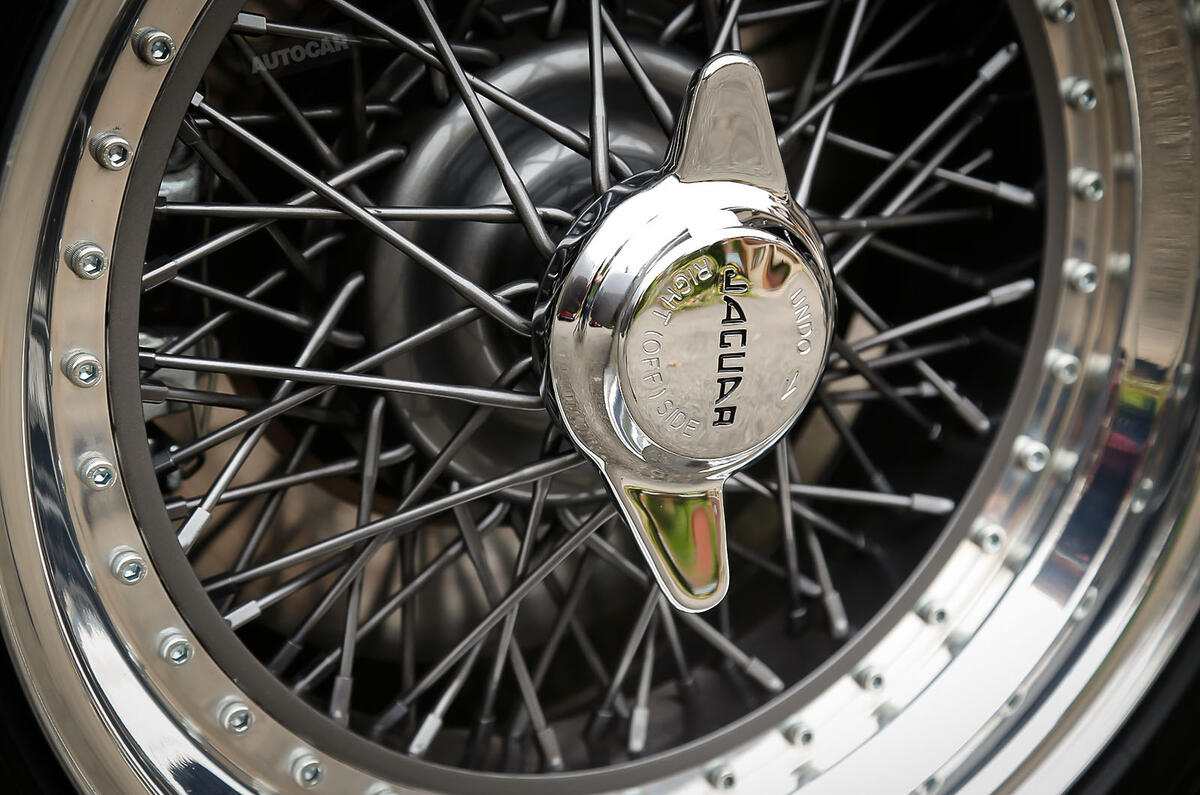
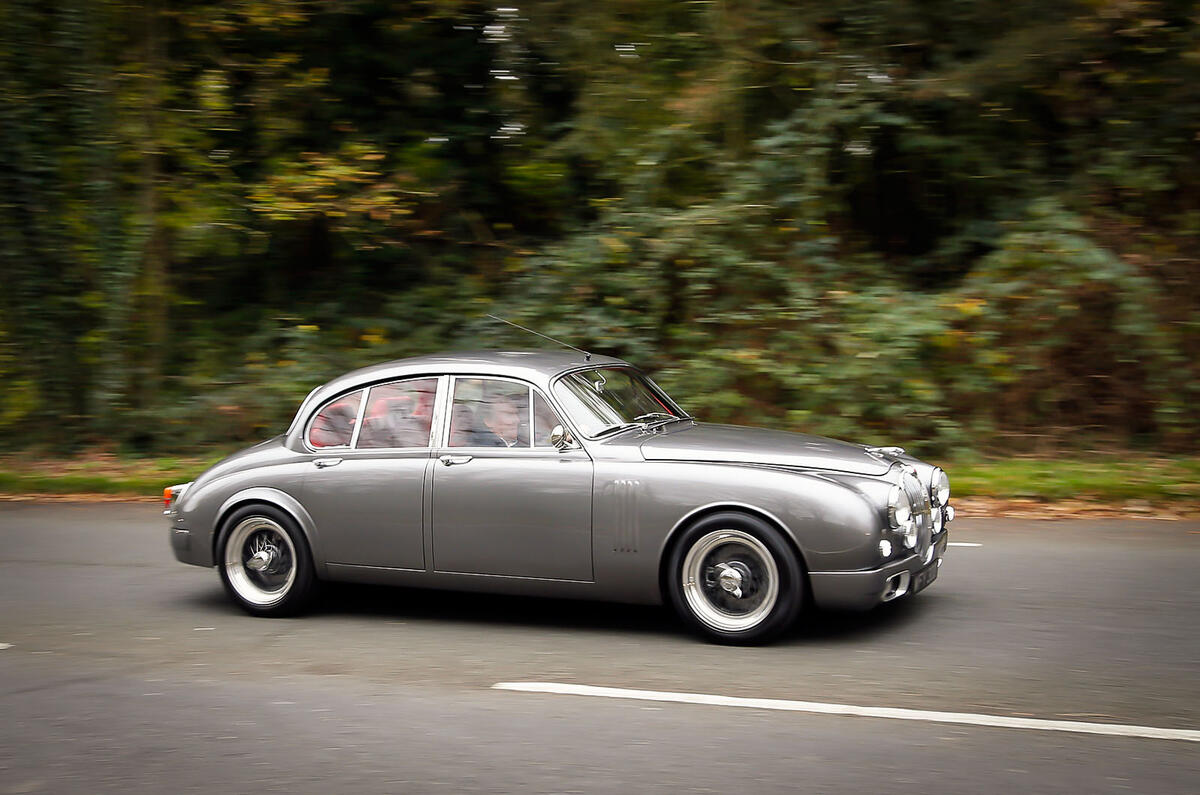
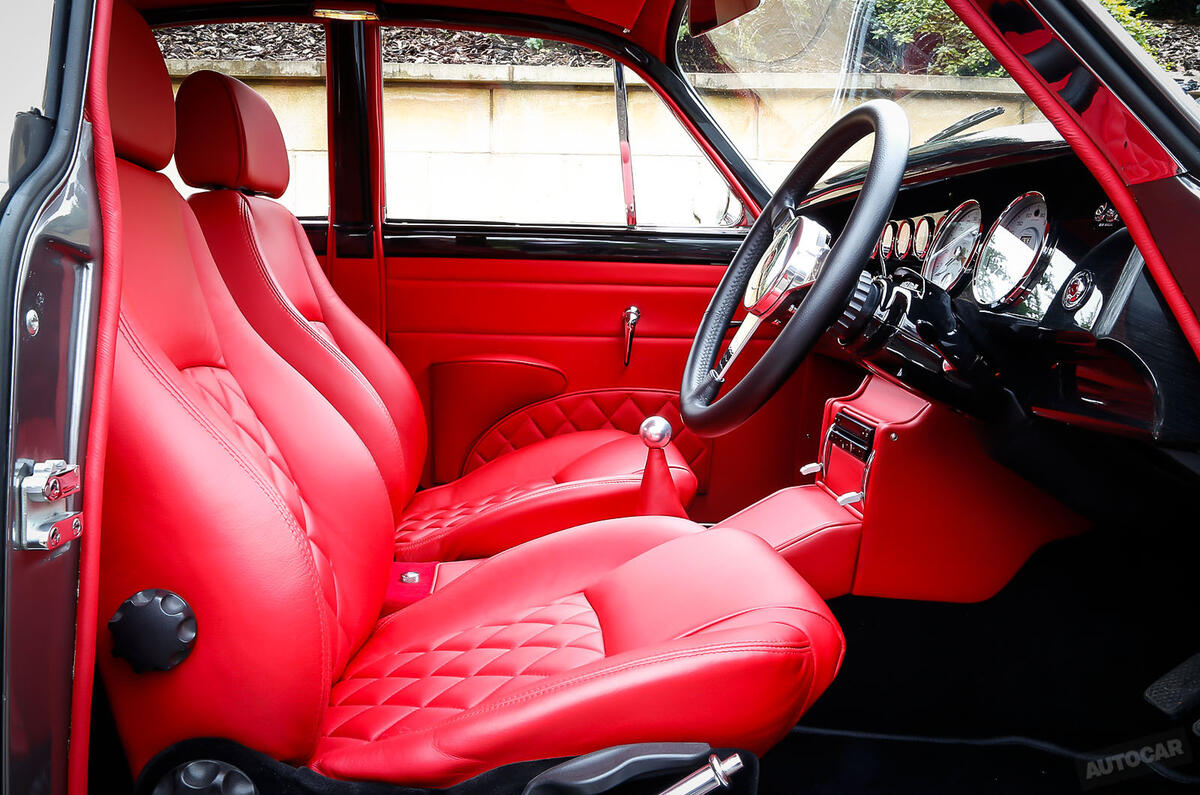
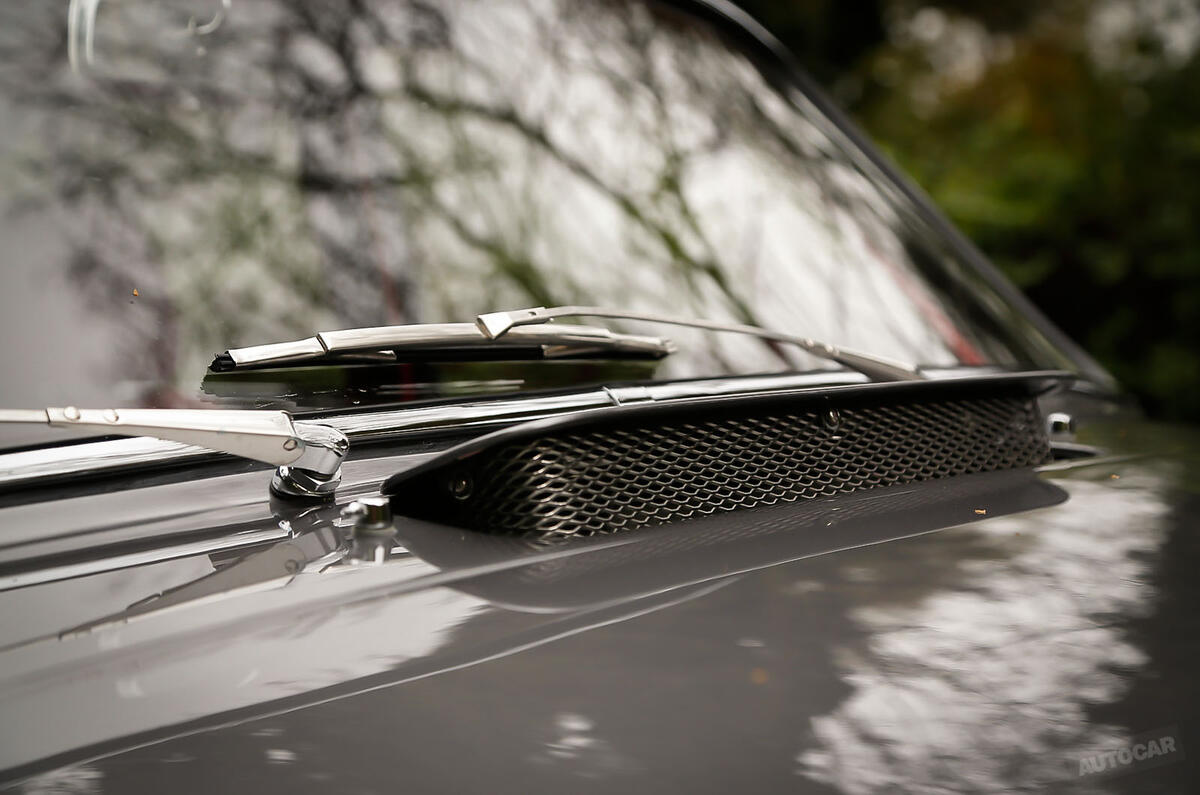
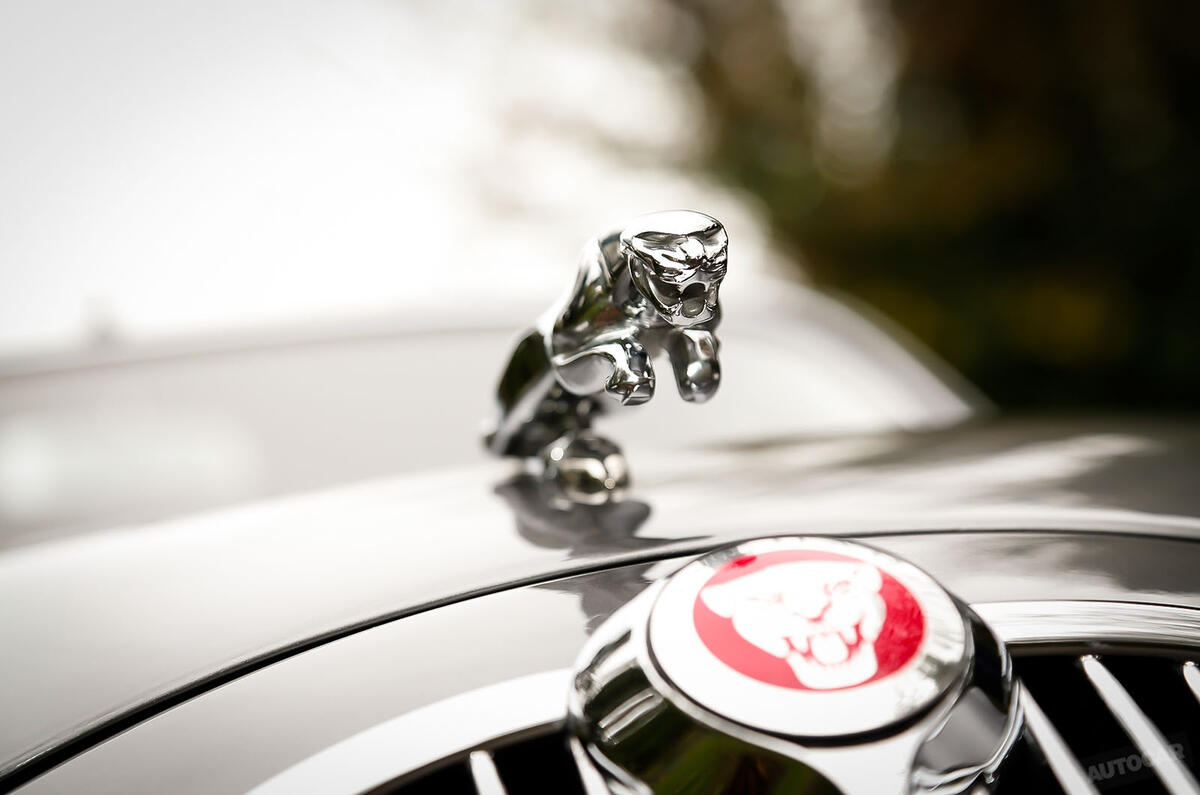
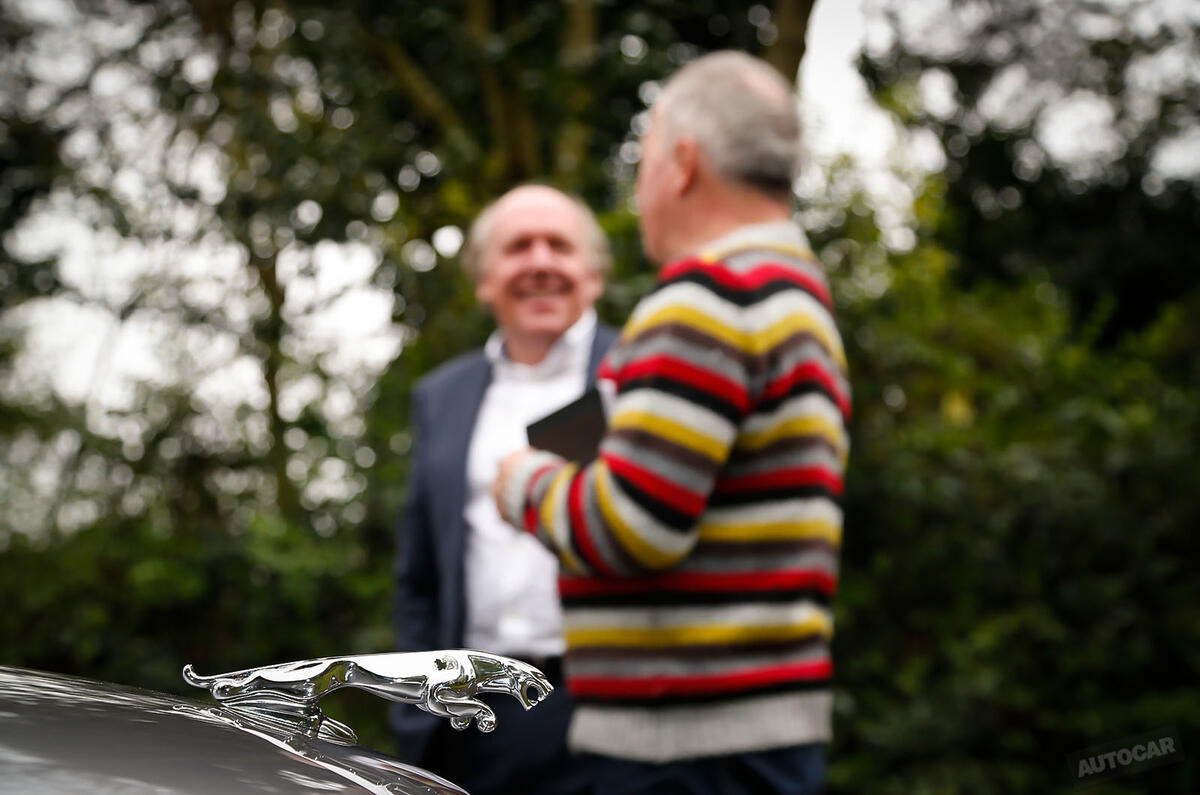
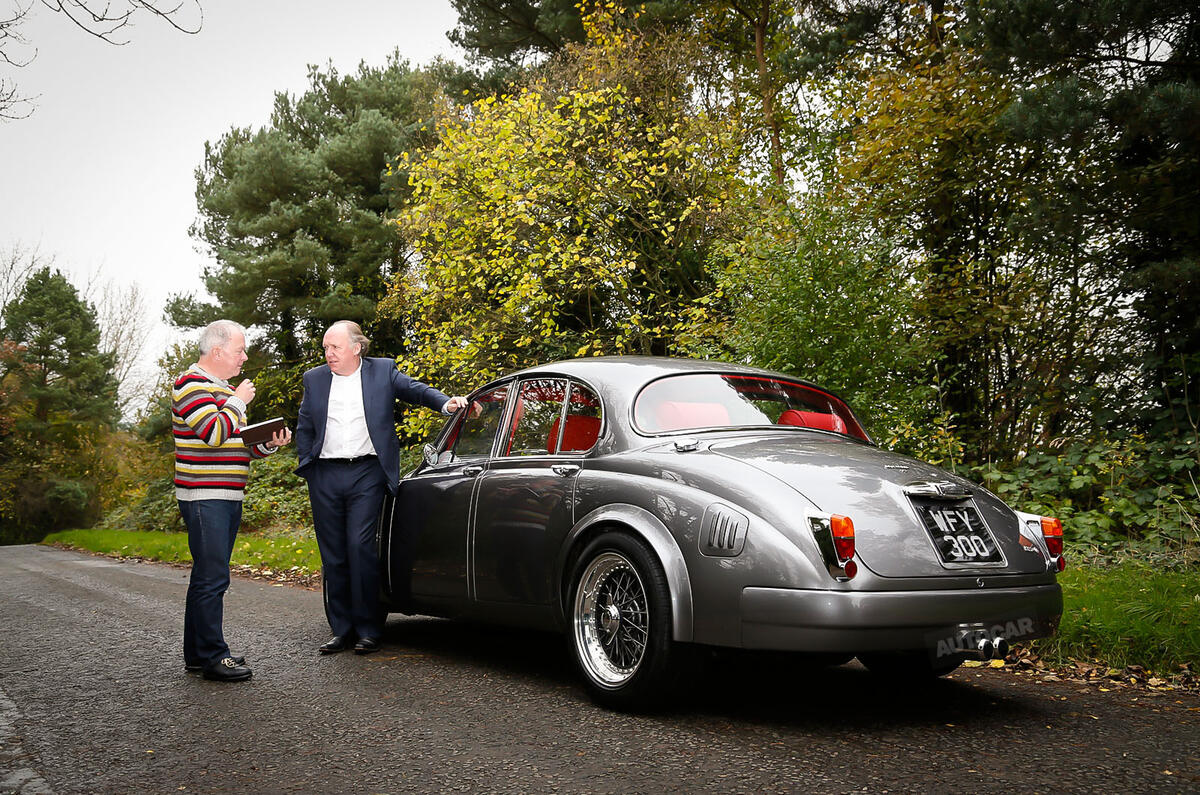
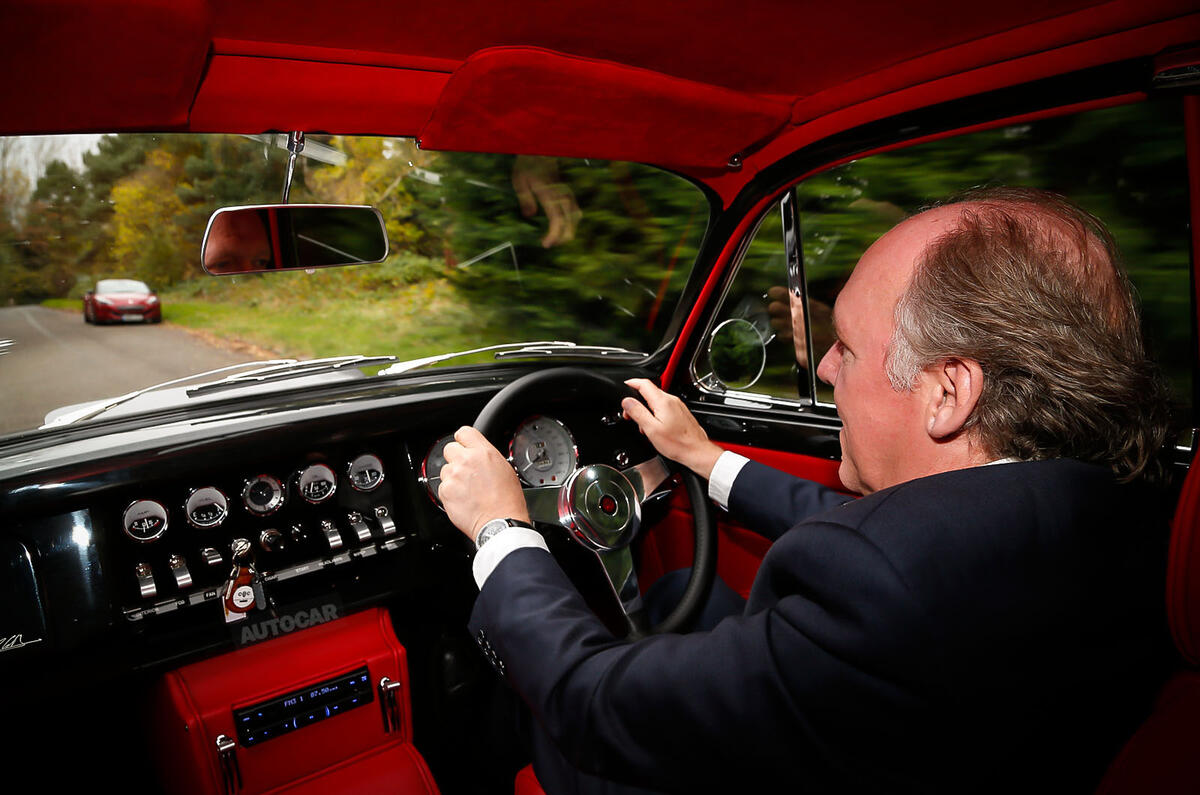
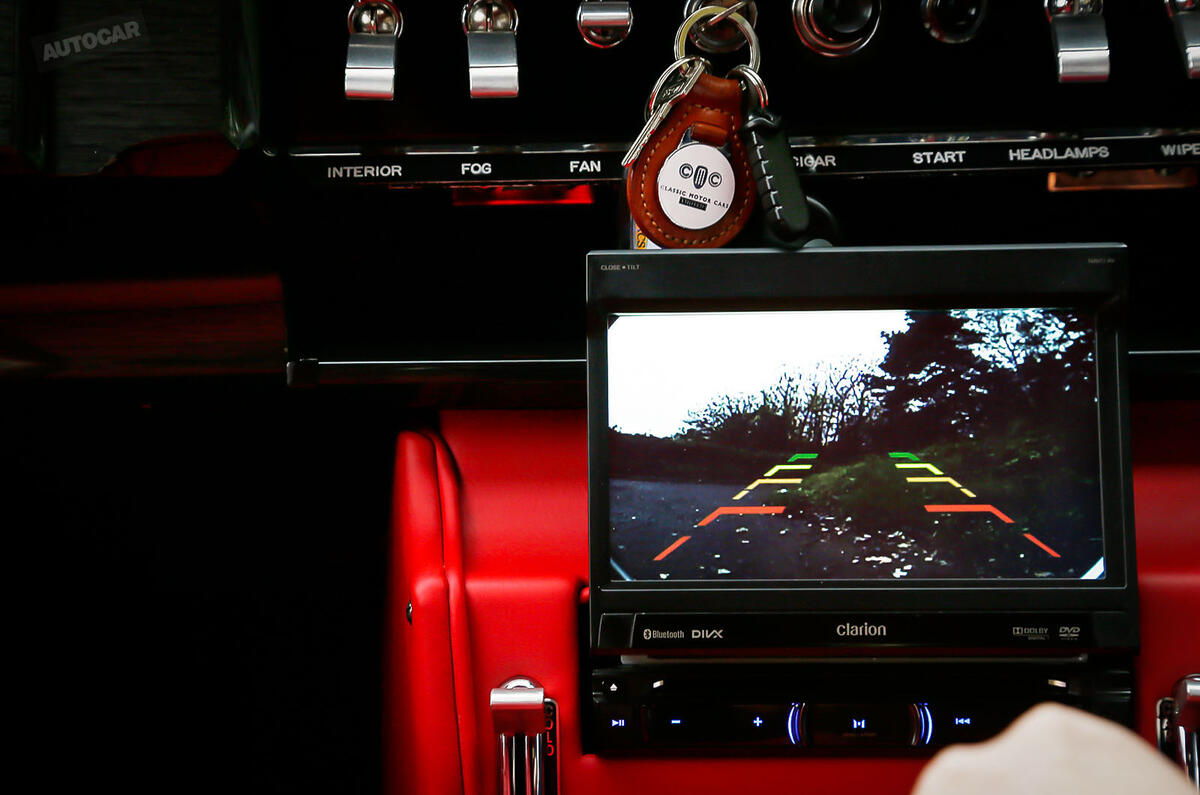
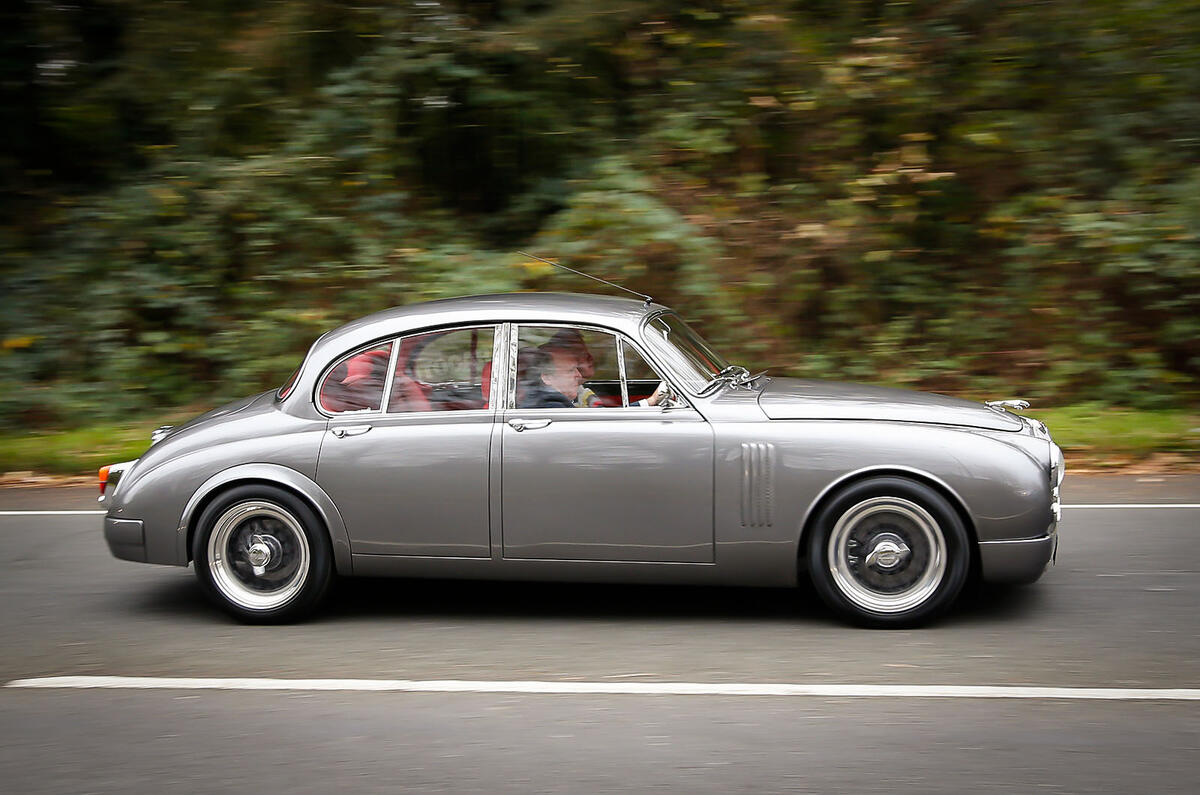

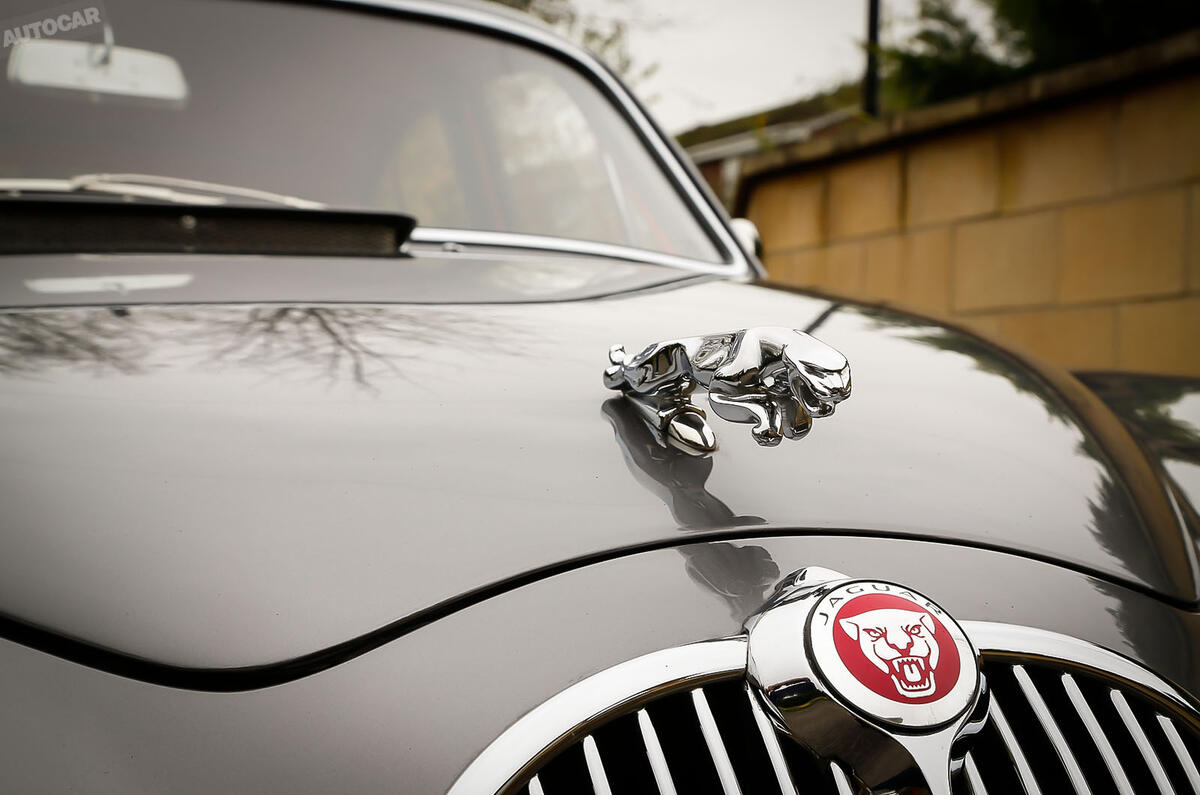
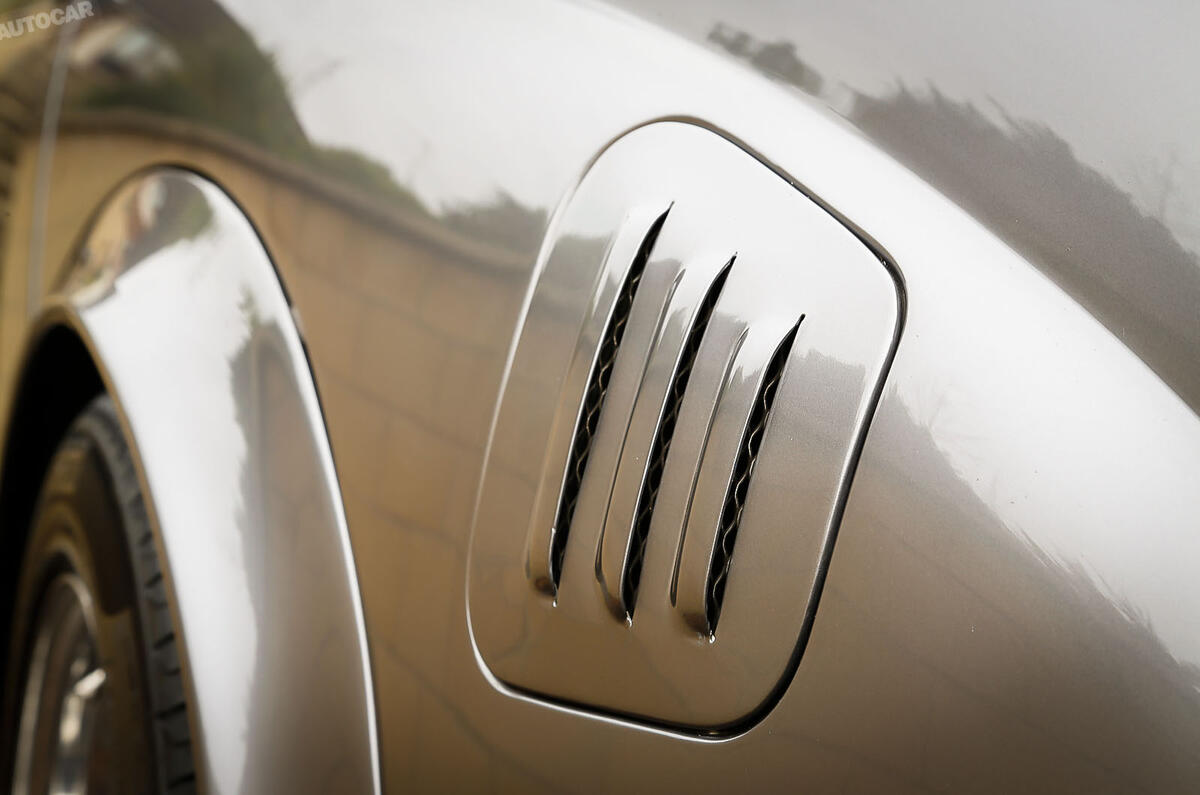
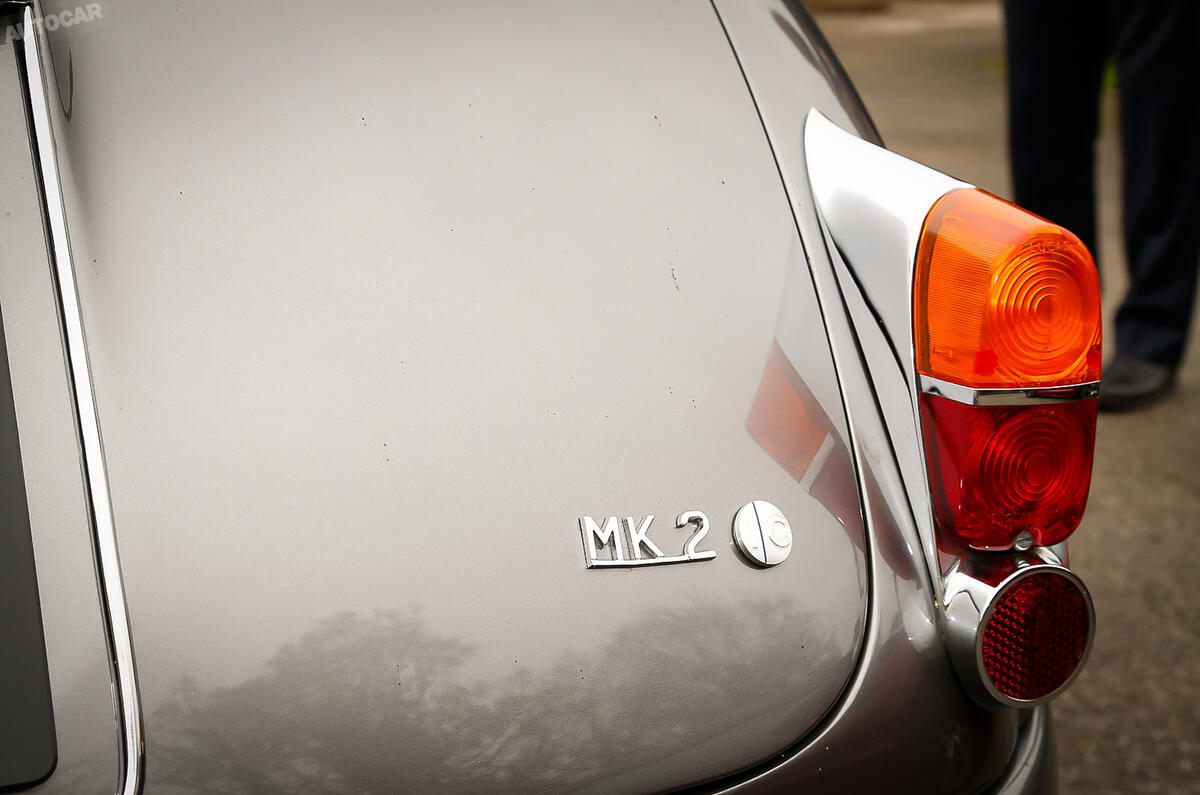
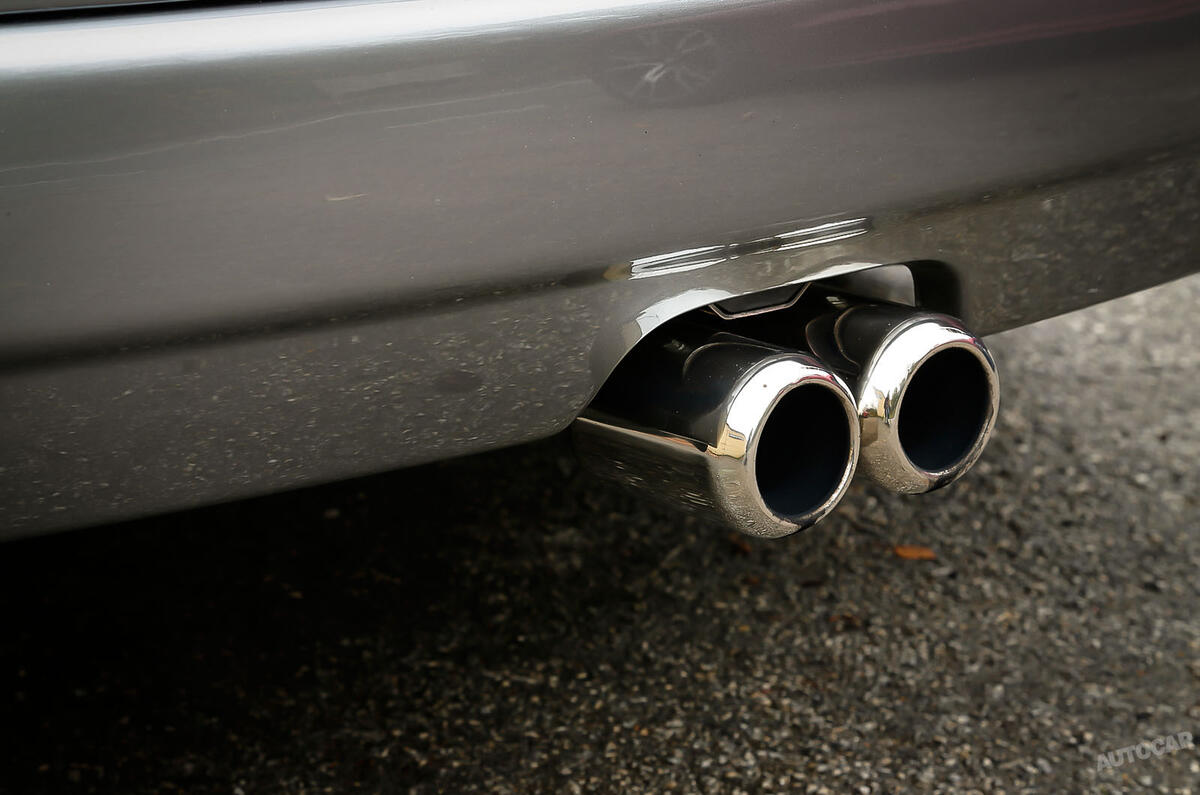
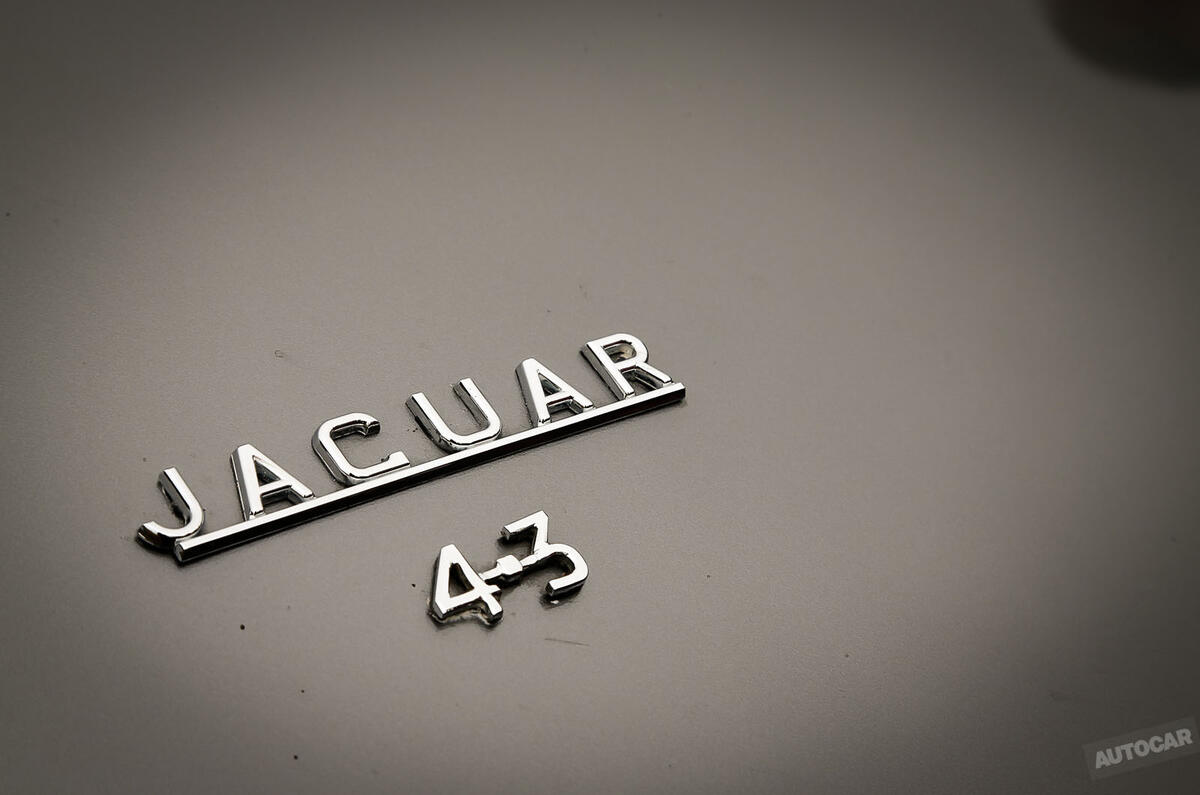
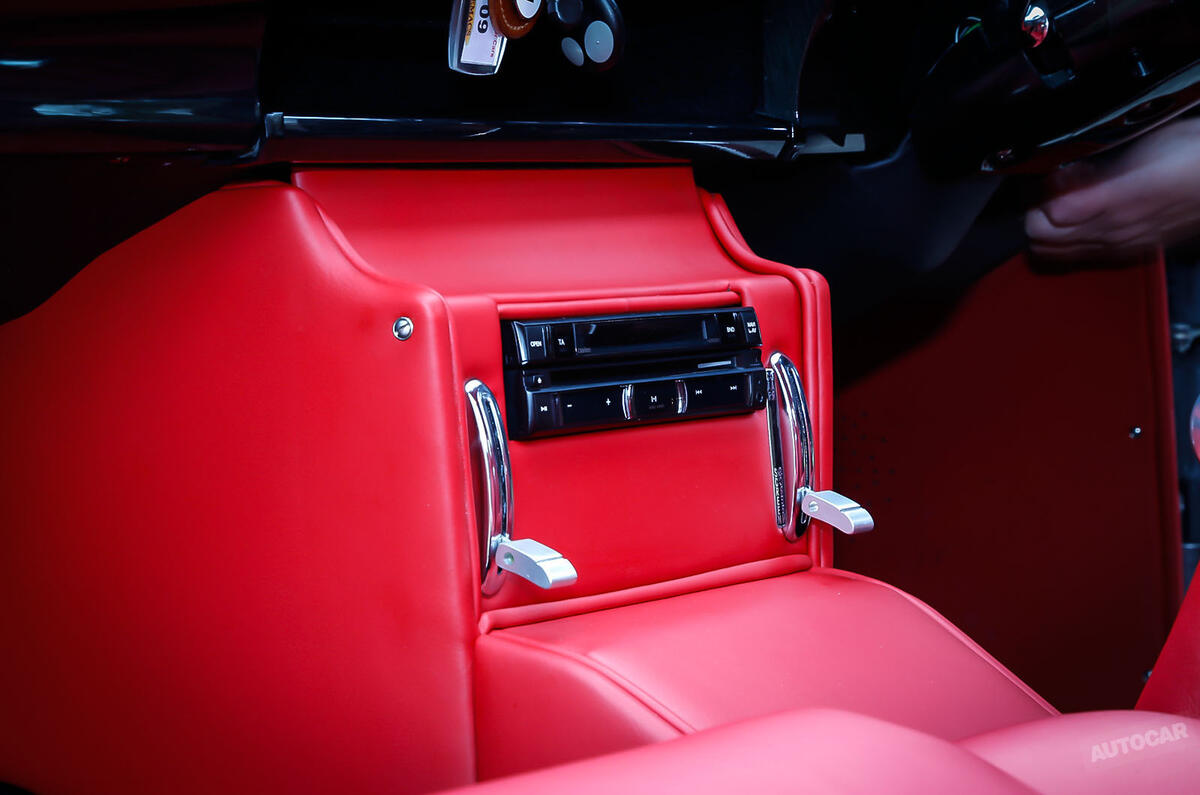
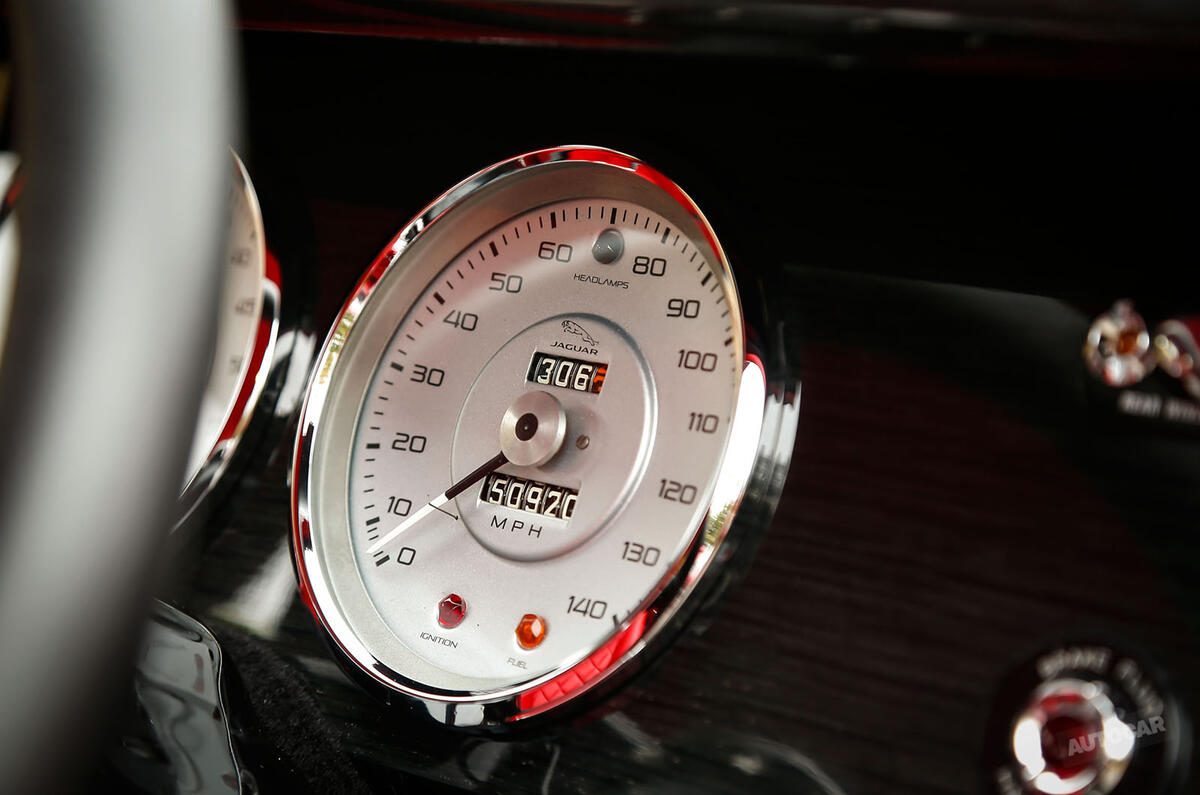
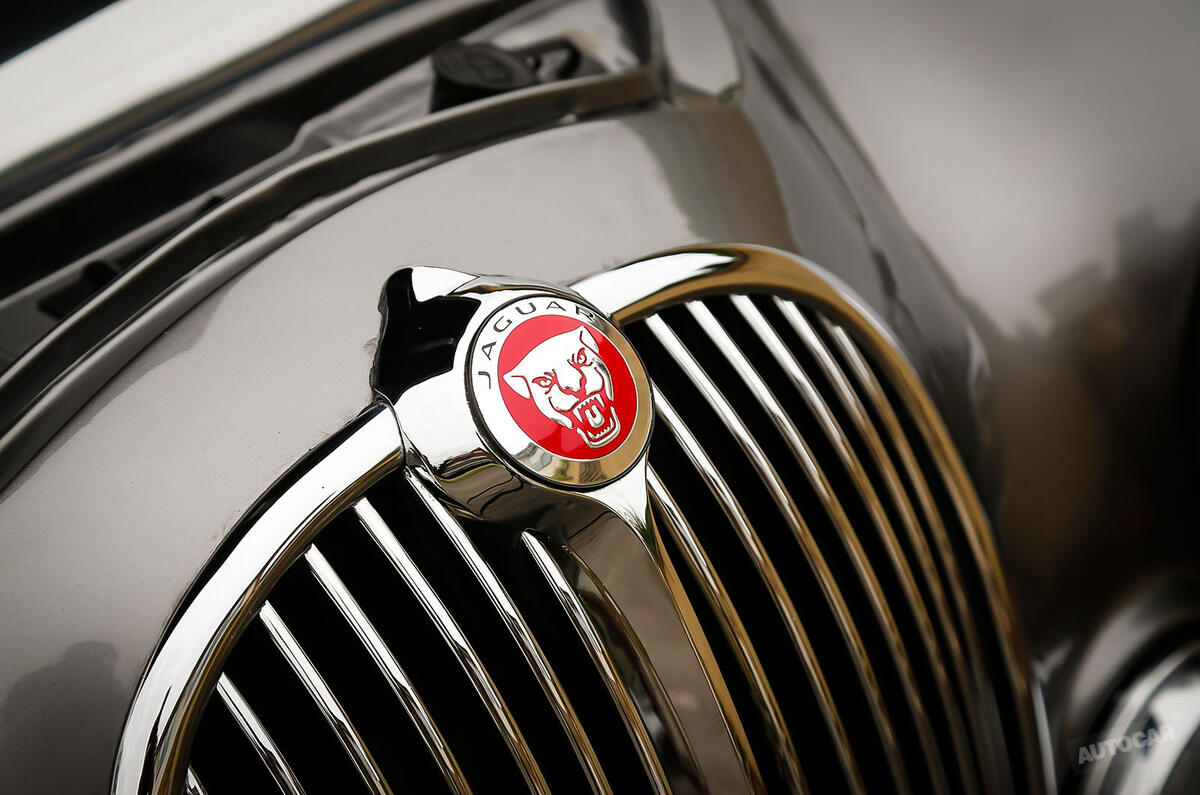
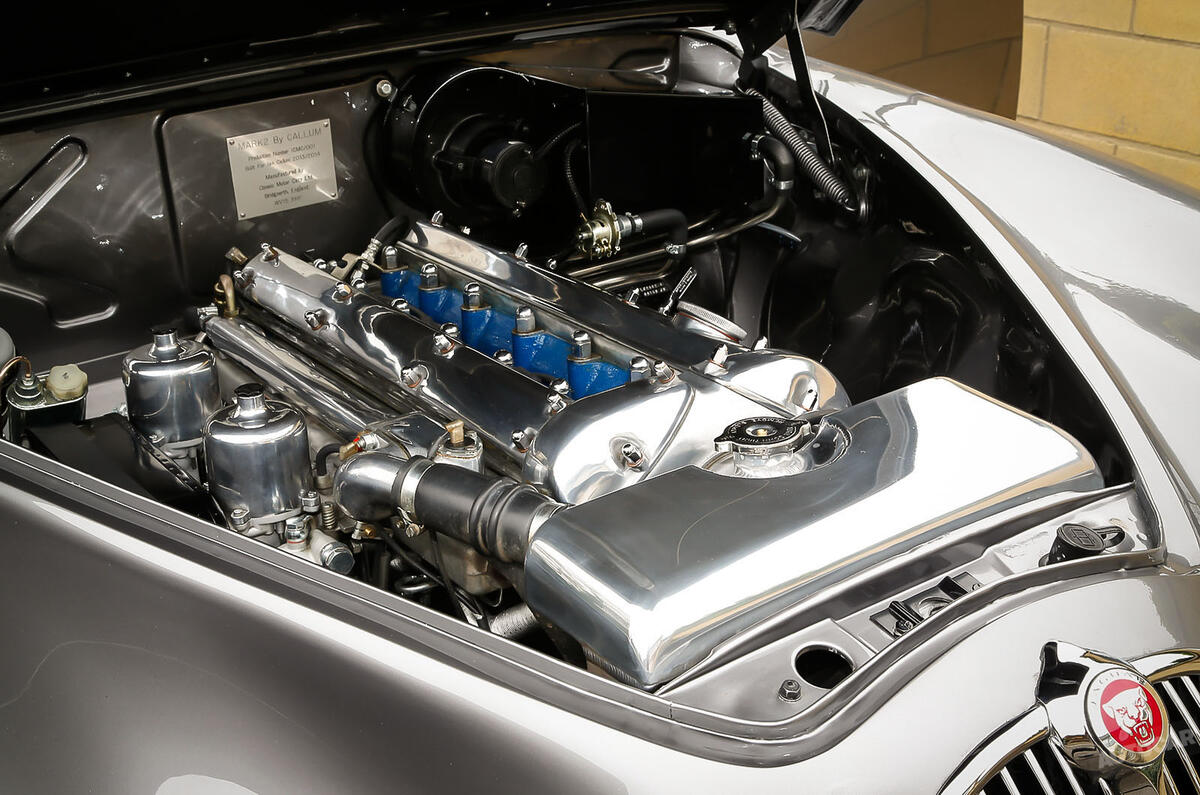
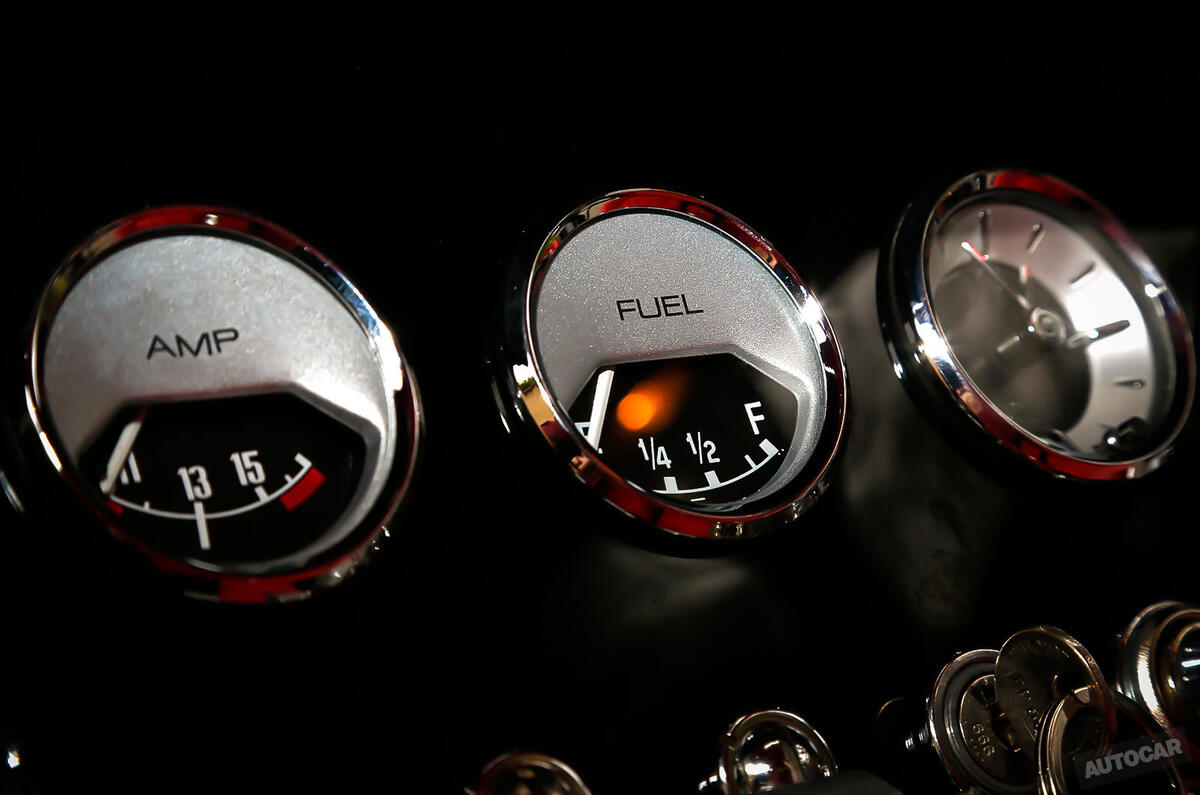
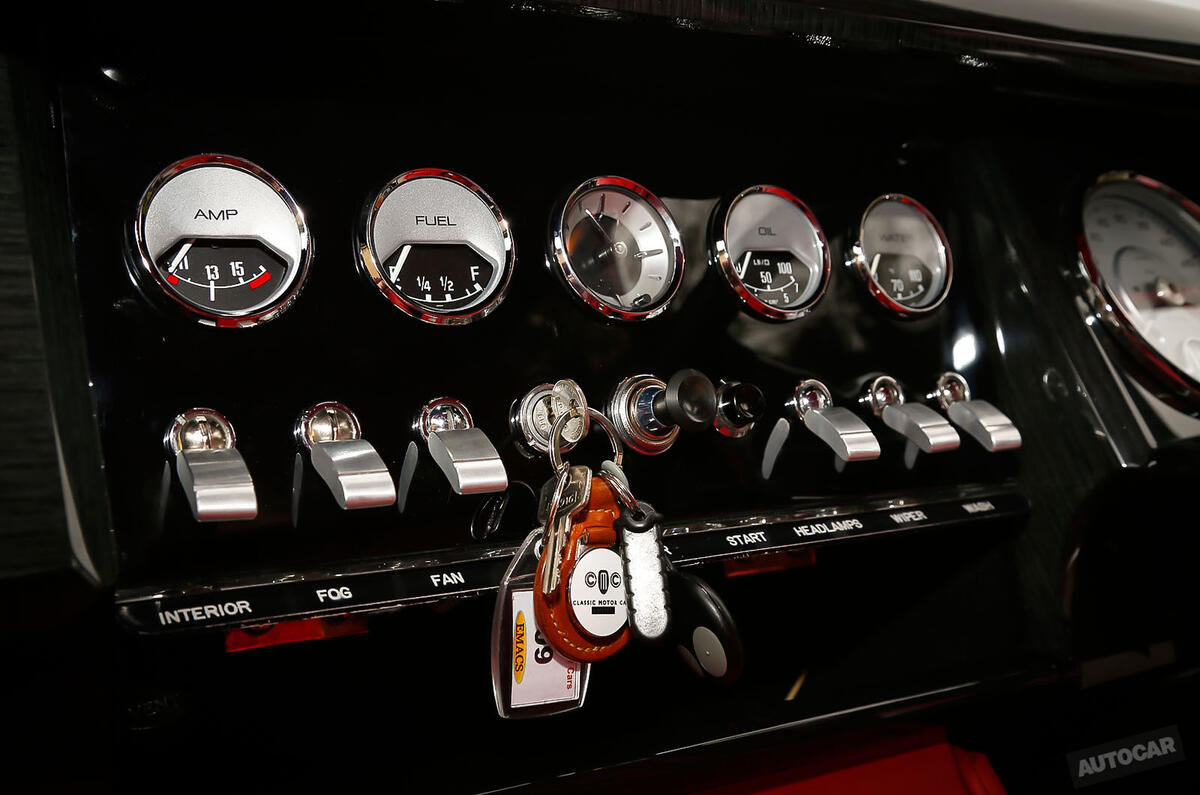
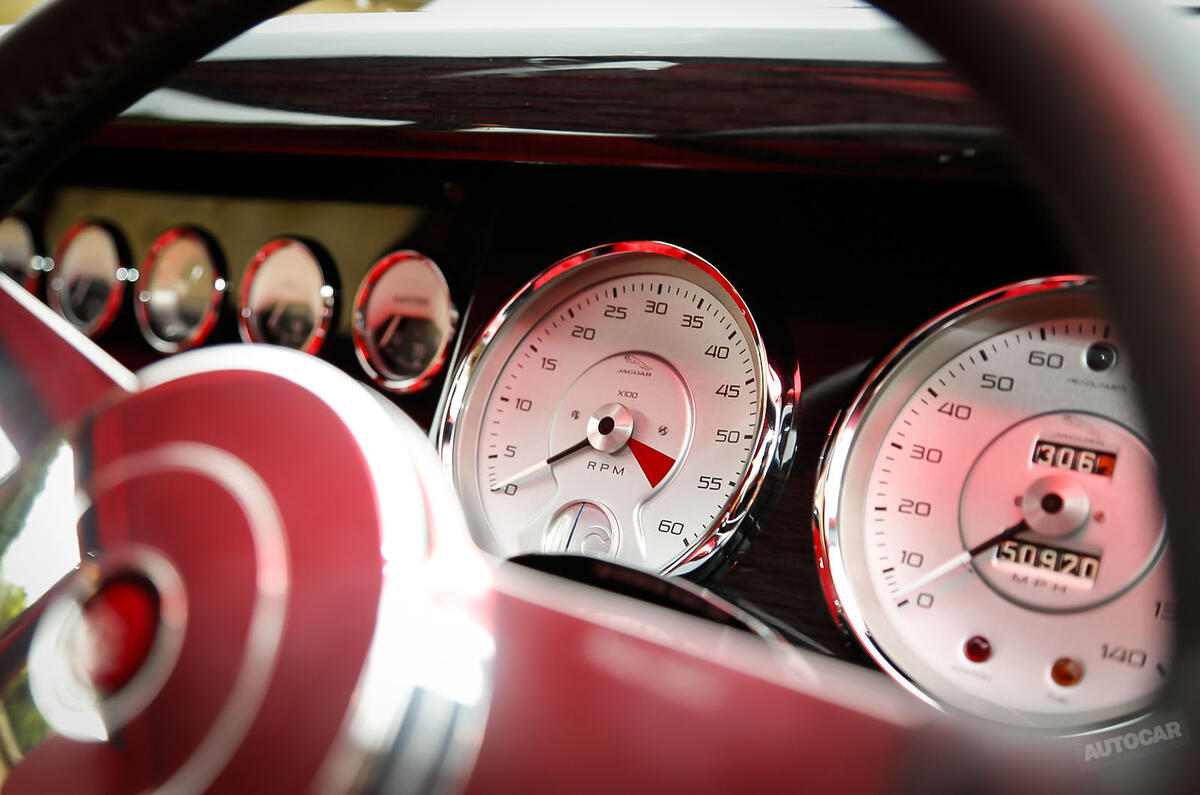
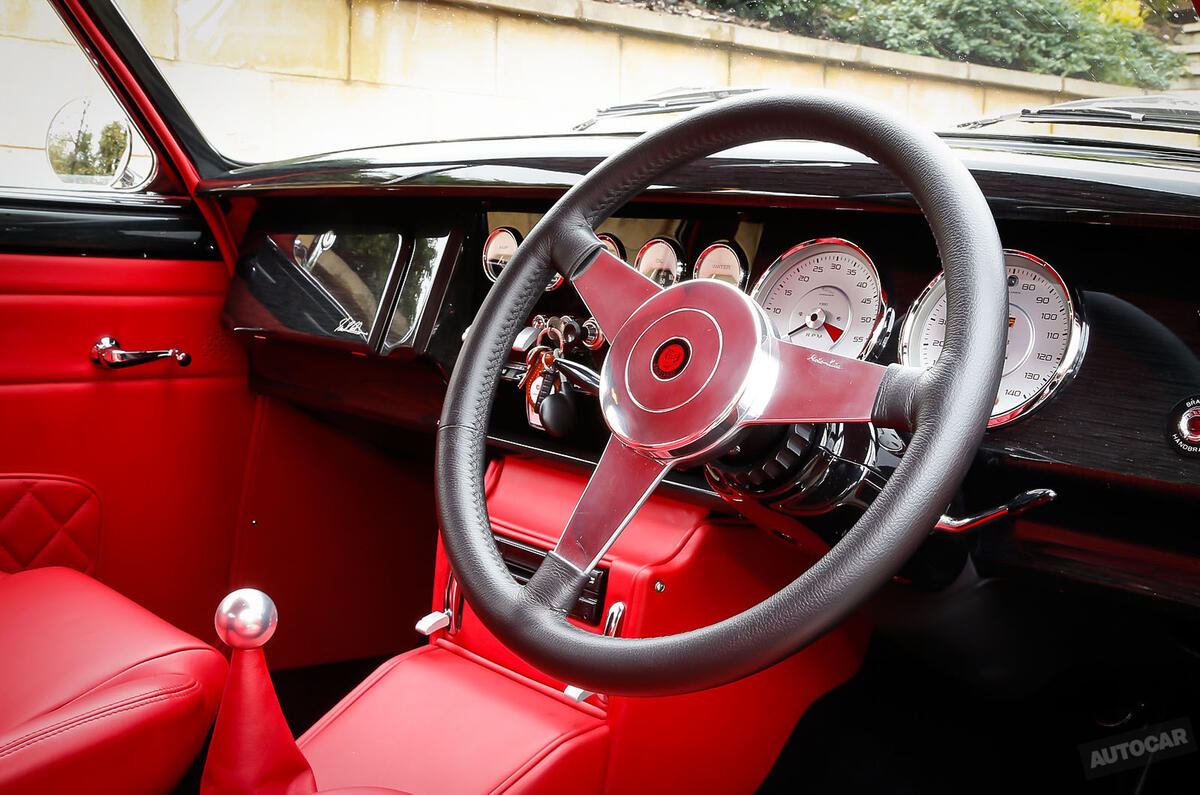

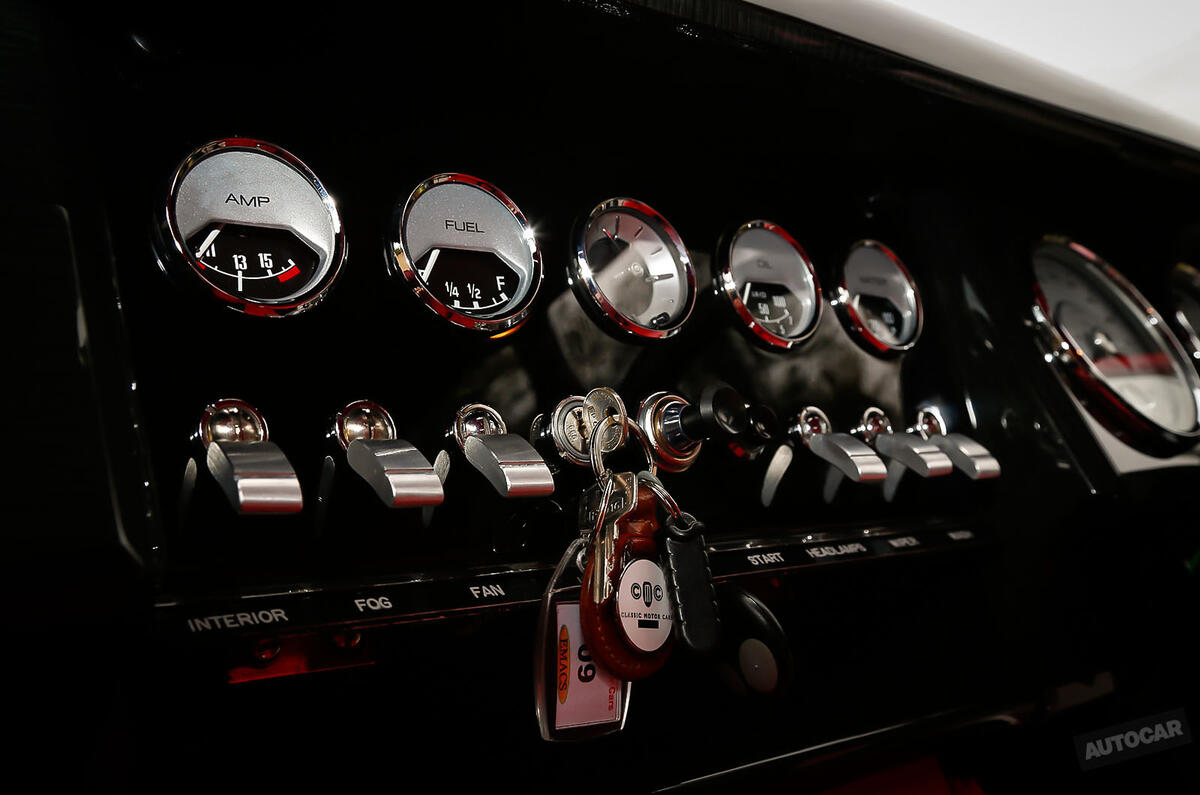
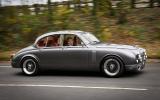
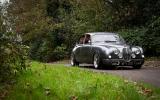
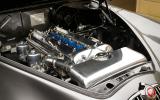


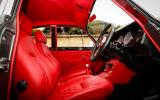
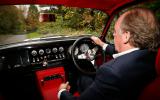

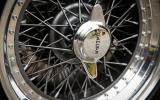
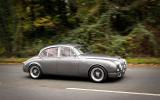
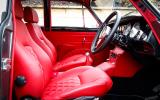
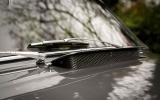
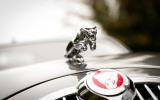

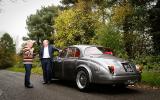

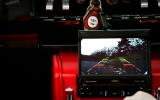
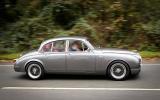
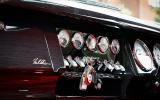
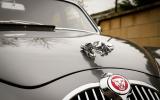
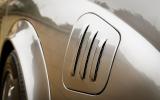


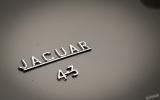
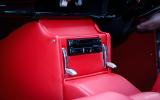
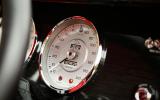
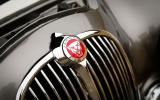
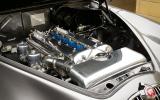
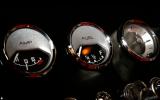
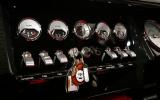

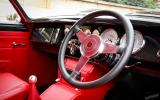
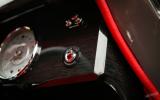
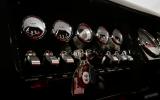


Join the debate
Add your comment
Dear Mr Callum Please note
Please note the correct use and orientation of the leaper on this vehicle.
Thankyou.
Infinitely better looking
His car, his money, his